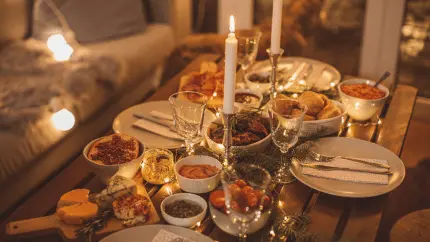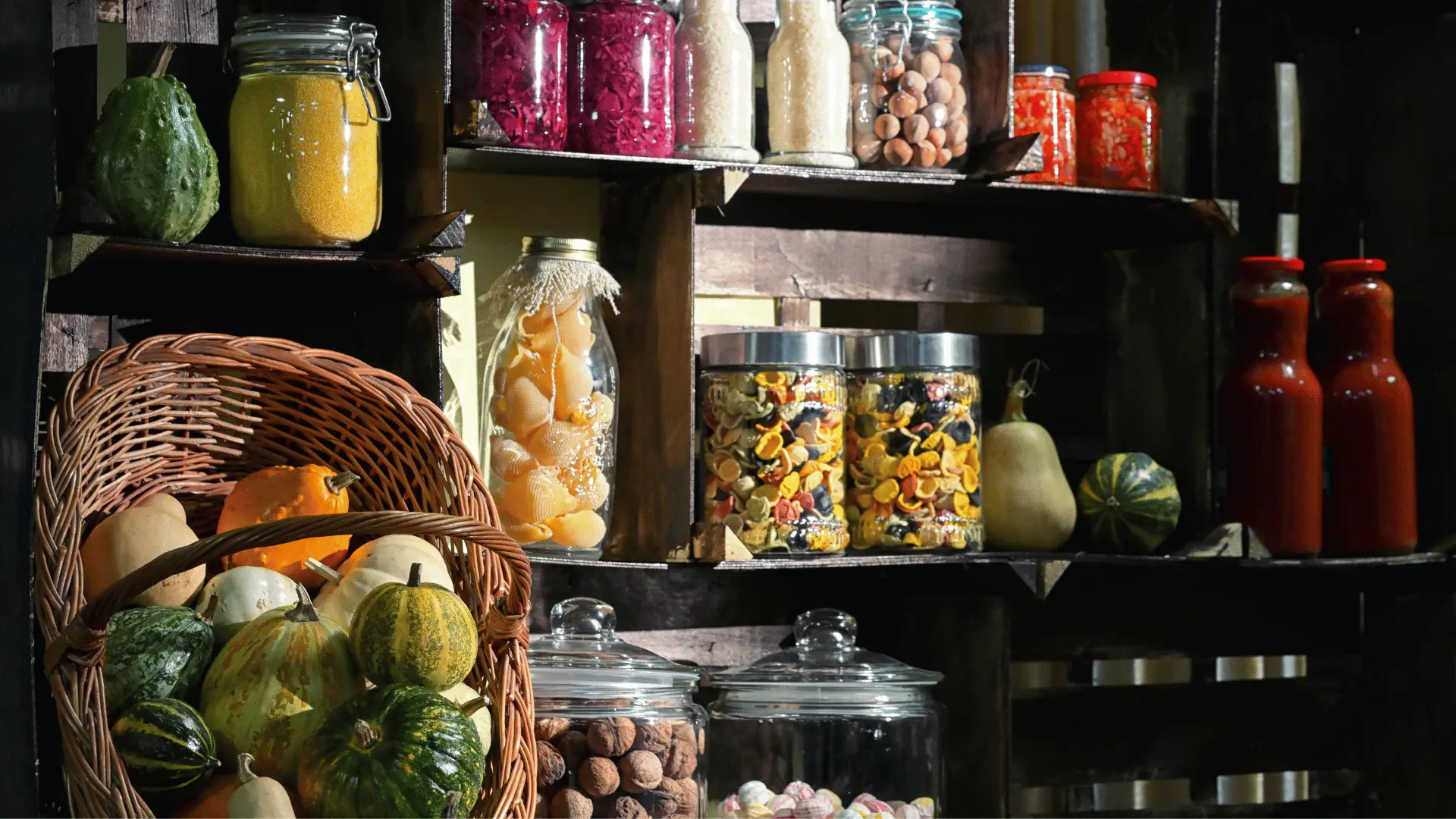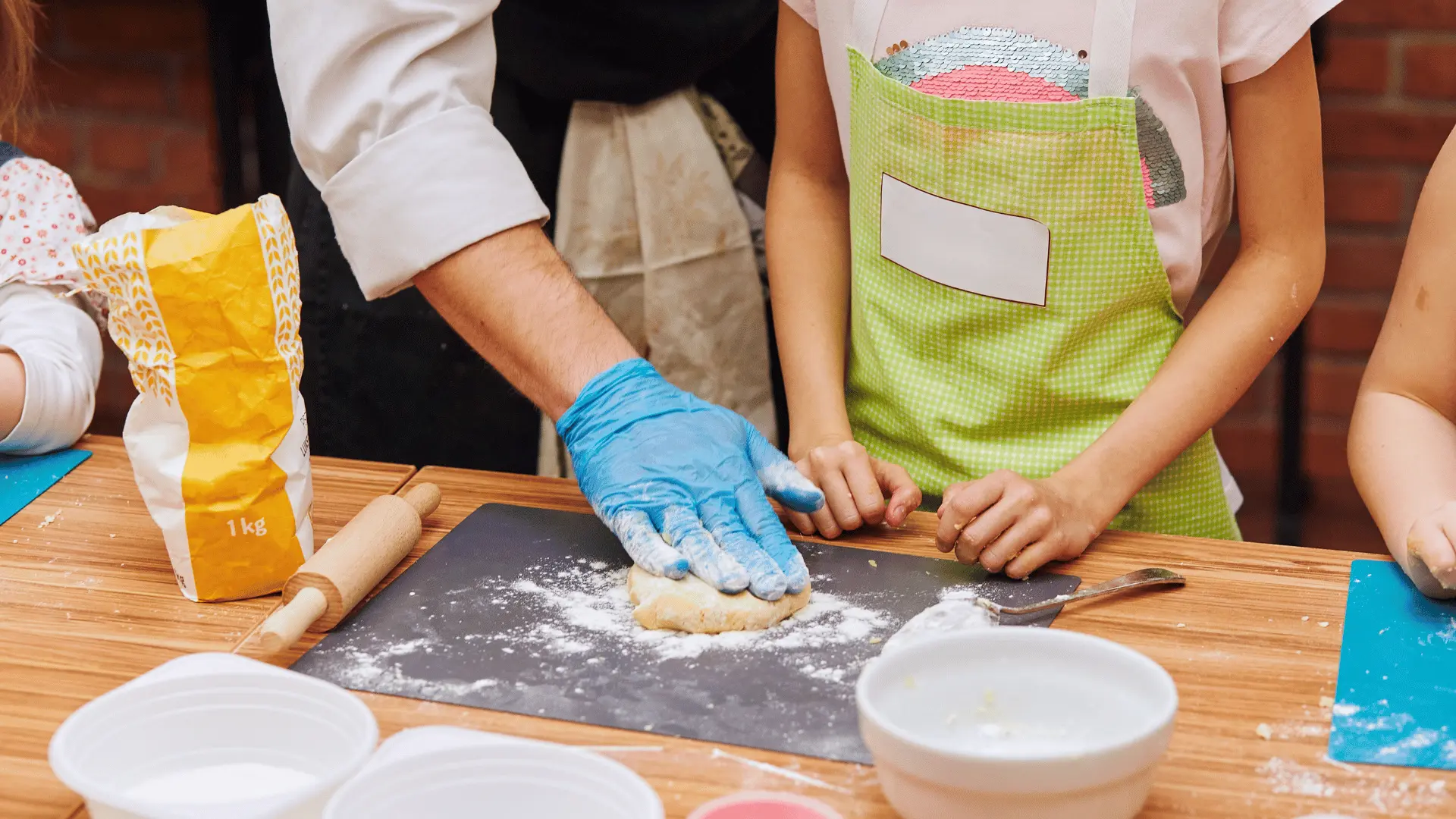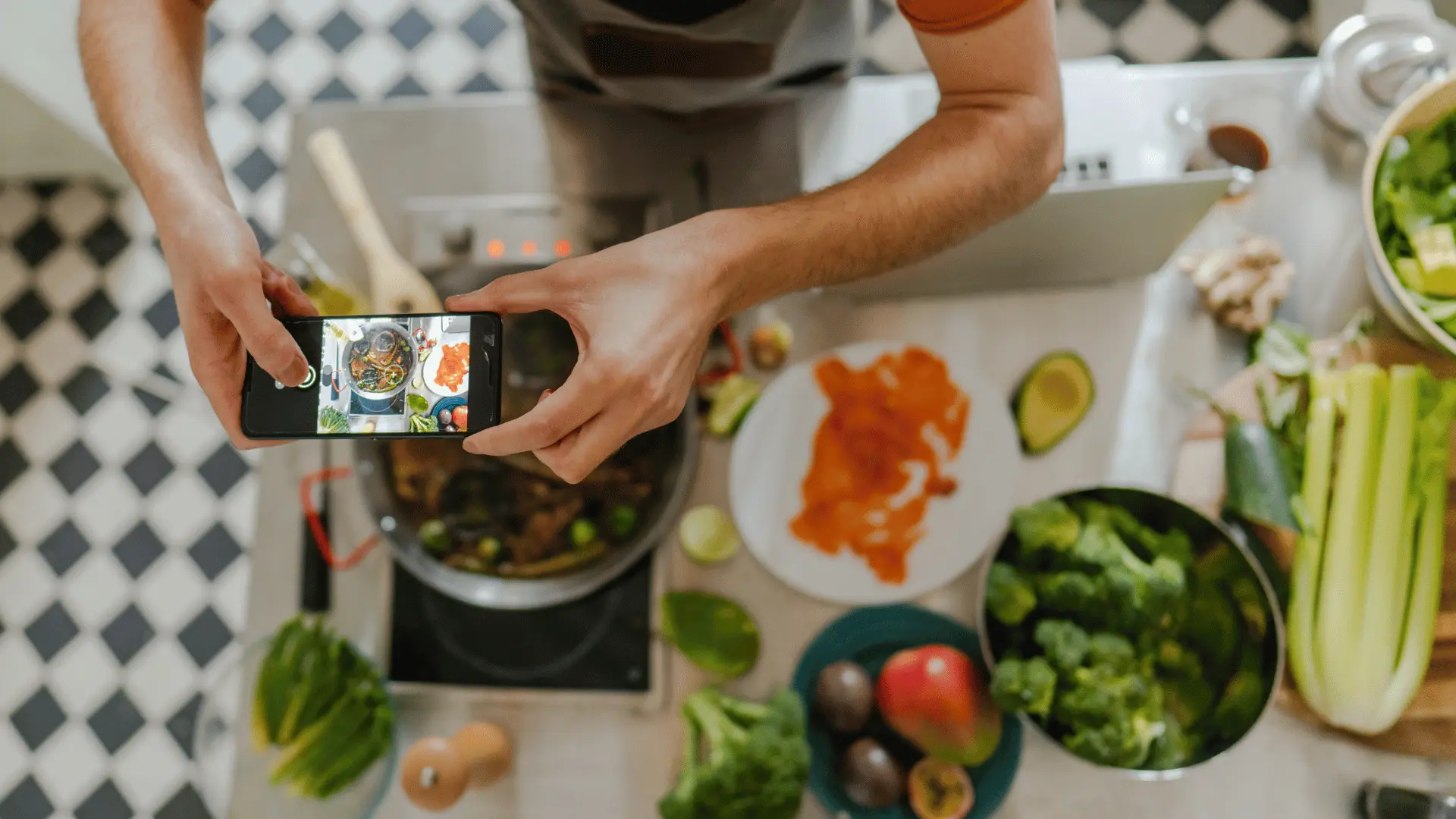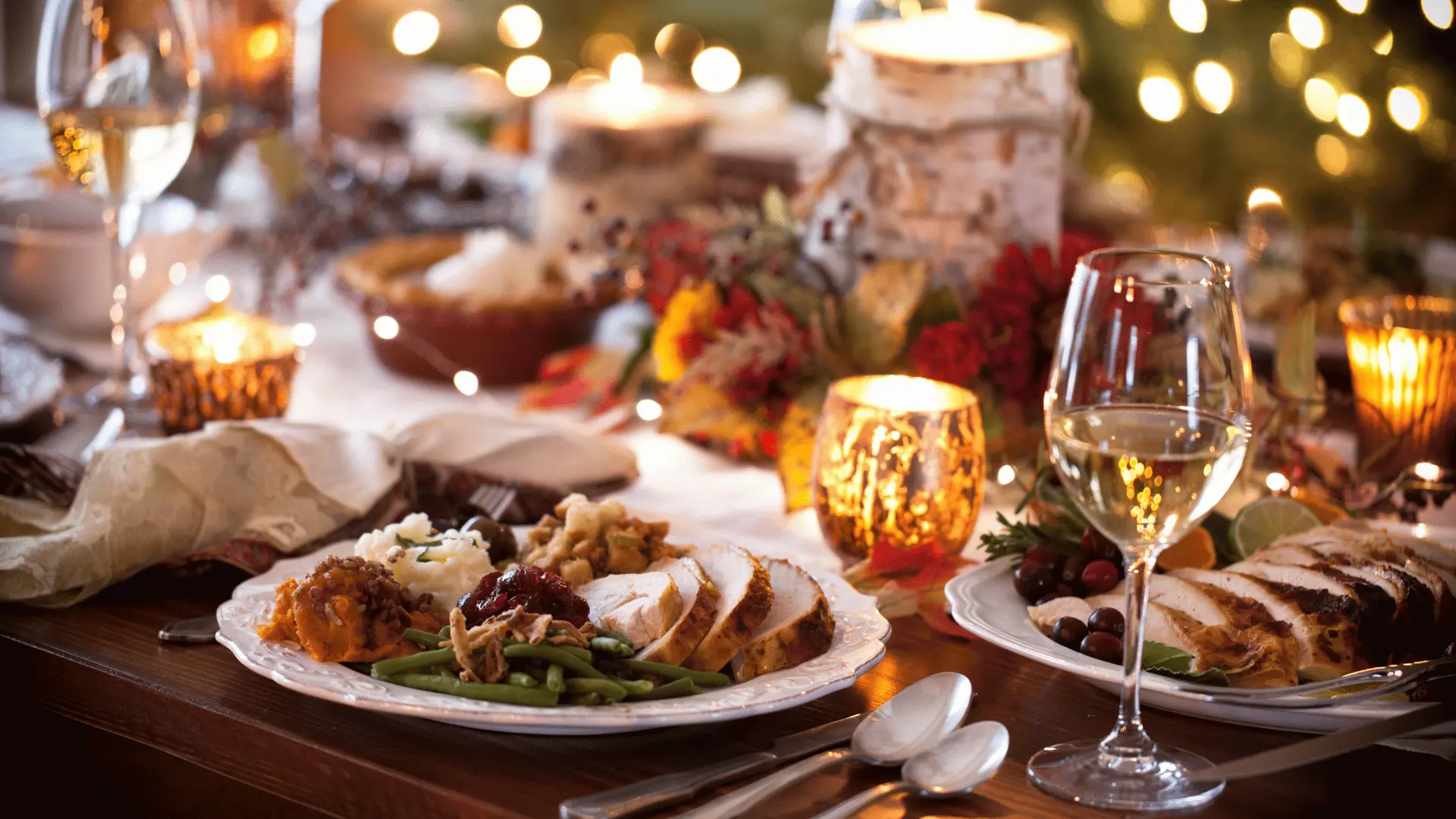
Why Sharing Recipes Is the New Family Storytelling
Close your eyes for a moment and think about the last time you tasted a dish that transported you back in time. Maybe it was your grandmother’s Sunday roast, your dad’s chili, or the cookies your aunt used to bake at Christmas. Suddenly you’re not just eating—you’re remembering. You hear voices, you see faces, you feel the warmth of a kitchen long gone. That’s the power of recipes: they are stories told in flavor, memory, and tradition.
In the past, families shared stories by sitting around the fire, flipping through photo albums, or passing down tales orally. Today, we’re rediscovering that sharing recipes is the new family storytelling. Instead of fading into boxes or fading memories, recipes are becoming the way we connect across generations and preserve our heritage for the future.
Recipes as Family Folklore
Every recipe has a backstory. A list of ingredients can tell you how to cook, but it can’t explain why it matters. That’s where the folklore comes in. Maybe the pie crust recipe was created during the Great Depression when butter was scarce, or maybe the lasagna recipe immigrated with your great-grandparents from Italy. These aren’t just dishes—they’re family folklore captured on a plate.
When you share recipes, you’re not simply swapping instructions. You’re retelling the story of how your family gathered, celebrated, and overcame challenges. Recipes carry the DNA of your family’s history, flavored by culture, migration, and memory. Just like bedtime stories, they anchor us to who we are and where we came from.
From Kitchen Table to Digital Table
In earlier generations, families often gathered around the kitchen table, where stories flowed as freely as the gravy boat. Today, we may be scattered across cities, states, or even continents. But thanks to technology, the kitchen table has gone digital. Recipe sharing apps and digital cookbooks like Recipe Memory allow families to gather virtually around food and stories.
Sharing a recipe online means your cousin across the country can cook the same dish at the same time. Suddenly, you’re not just eating—you’re connecting. The table is bigger now, and it has room for everyone, no matter where they are.
The Emotional Ingredients
Why do recipes carry so much emotional weight? Because they’re sensory time machines. Smells and tastes are powerful memory triggers. A simmering pot of tomato sauce can instantly bring back childhood Sundays. A cinnamon roll can recall cozy mornings in your grandmother’s kitchen. Recipes unlock these experiences in a way words alone cannot.
That’s why sharing recipes has become a form of storytelling. You’re not just passing along a formula—you’re passing along an experience. Each recipe includes emotional ingredients: love, laughter, sometimes even loss. The dish becomes a living memory, and when someone else cooks it, they participate in the story too.
How Sharing Recipes Strengthens Families
Families today are busier and more spread out than ever. That can make it harder to stay connected. Recipe sharing offers a unique solution—it bridges distance with something tangible and delicious. Here’s how:
- Shared tradition: Cooking the same recipe keeps family rituals alive, even when apart.
- Generational bonding: Kids and grandkids learn family history in the most delicious way possible.
- Inclusive storytelling: Everyone can contribute—whether it’s a traditional dish or a new family favorite.
- Cultural preservation: Recipes often preserve languages, techniques, and flavors unique to your heritage.
When families share recipes, they’re essentially saying: “Here’s who we are, and here’s how we’ve celebrated, survived, and thrived together.”
Modern Storytelling Tools
The magic of modern recipe sharing is that it doesn’t stop at text. With Recipe Memory, families can add photos of the original recipe cards, audio clips of relatives explaining a dish, or even videos of a cooking session. These layers of storytelling make the recipe come alive.
Imagine opening a recipe and not only seeing the instructions but also hearing your grandmother’s voice explaining why she always added a pinch more salt, or watching your uncle demonstrate the perfect way to roll out dough. That’s storytelling in its most immersive form—combining taste, sight, sound, and memory.
Recipes as Living Heirlooms
Traditionally, heirlooms were jewelry, quilts, or photo albums. Today, recipes are stepping into that role. They are the heirlooms you can eat, share, and experience together. A family recipe isn’t static—it grows and adapts. Maybe your cousin substitutes olive oil for lard, or your niece adds a new spice. These tweaks become part of the story, proof that tradition isn’t frozen—it’s evolving.
By treating recipes as living heirlooms, families create a bridge between past and present. You honor where you came from while leaving space for new chapters to be written (and eaten).
Tips for Turning Recipes into Stories
If you’re ready to embrace recipes as storytelling, here are a few simple ways to make it meaningful:
- Ask for the story: Don’t just collect recipes—ask relatives to share the memory that goes with it.
- Capture handwriting: Scan or photograph original recipe cards to preserve their character.
- Record voices: Invite family members to record themselves explaining or cooking the dish.
- Add photos: Pair the recipe with images of past gatherings or the dish in its prime.
- Invite collaboration: Use tools like Recipe Memory so everyone can contribute their stories and variations.
Why It Matters
In a world where we’re often overwhelmed with information, recipes offer something grounding. They connect us to identity, belonging, and love. Sharing recipes isn’t just about preserving instructions—it’s about ensuring that the people and moments tied to those dishes are never forgotten.
When you share a recipe, you’re saying: “Here’s a piece of our family story. Take it, cook it, and remember us.” And when the next generation makes that dish, the story lives on, enriched by new voices and new memories.
Key Takeaway
Recipes are more than meals—they’re narratives written in flour, sugar, salt, and spice. Sharing them is the modern way families tell their stories, weaving the past into the present and carrying it into the future. With Recipe Memory, you can preserve these living heirlooms in a digital, memory-first format that keeps the stories alive for generations to come.
Because when you pass down a recipe, you’re not just teaching someone how to cook. You’re teaching them how to remember, how to belong, and how to keep the family story going—one dish at a time.
Love what you’re reading?
Join Recipe Memory today to save your favorite recipes, plan meals with ease, and create smart grocery lists ...all in one place.
